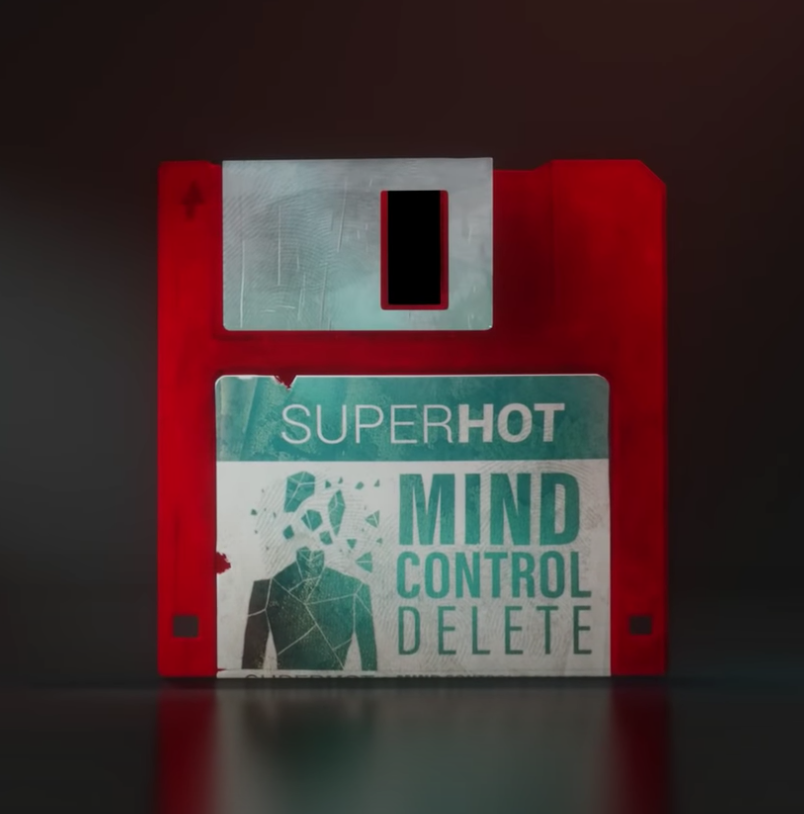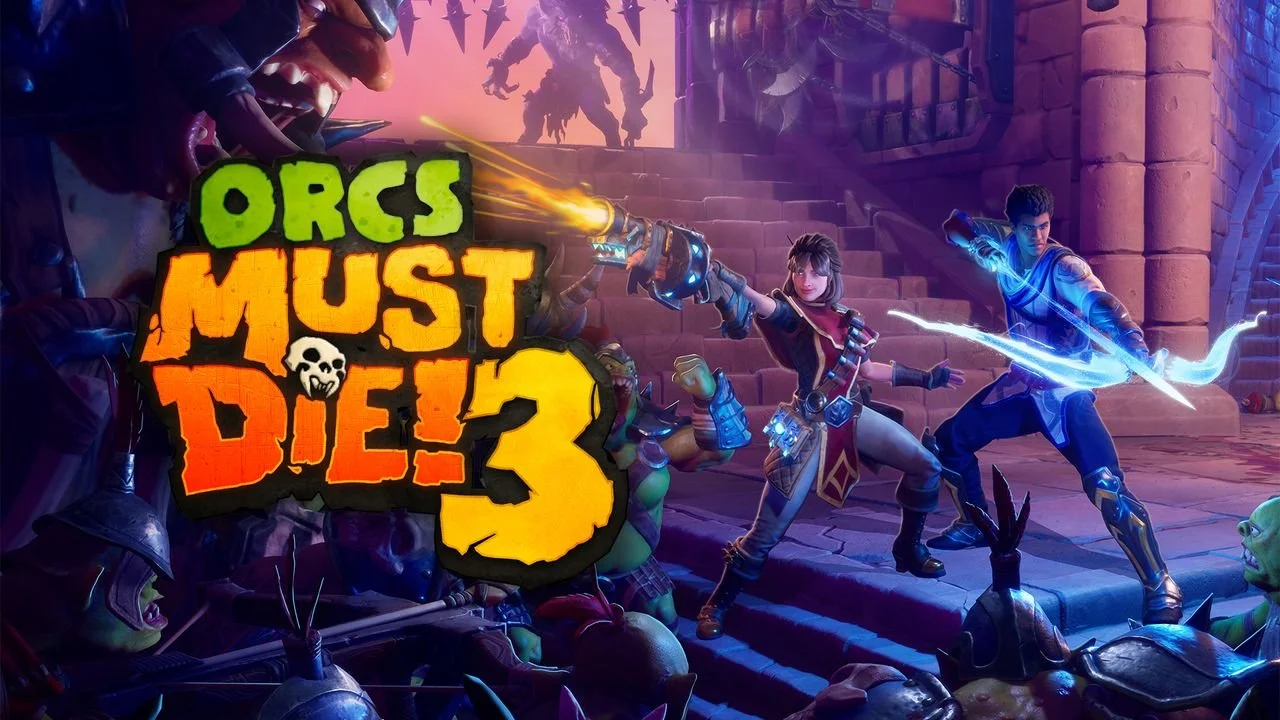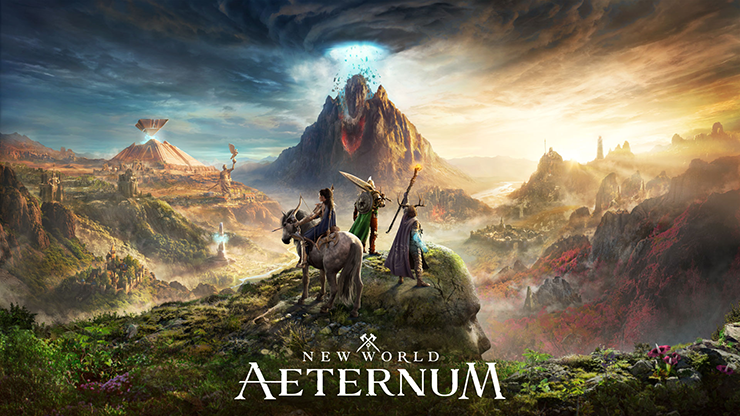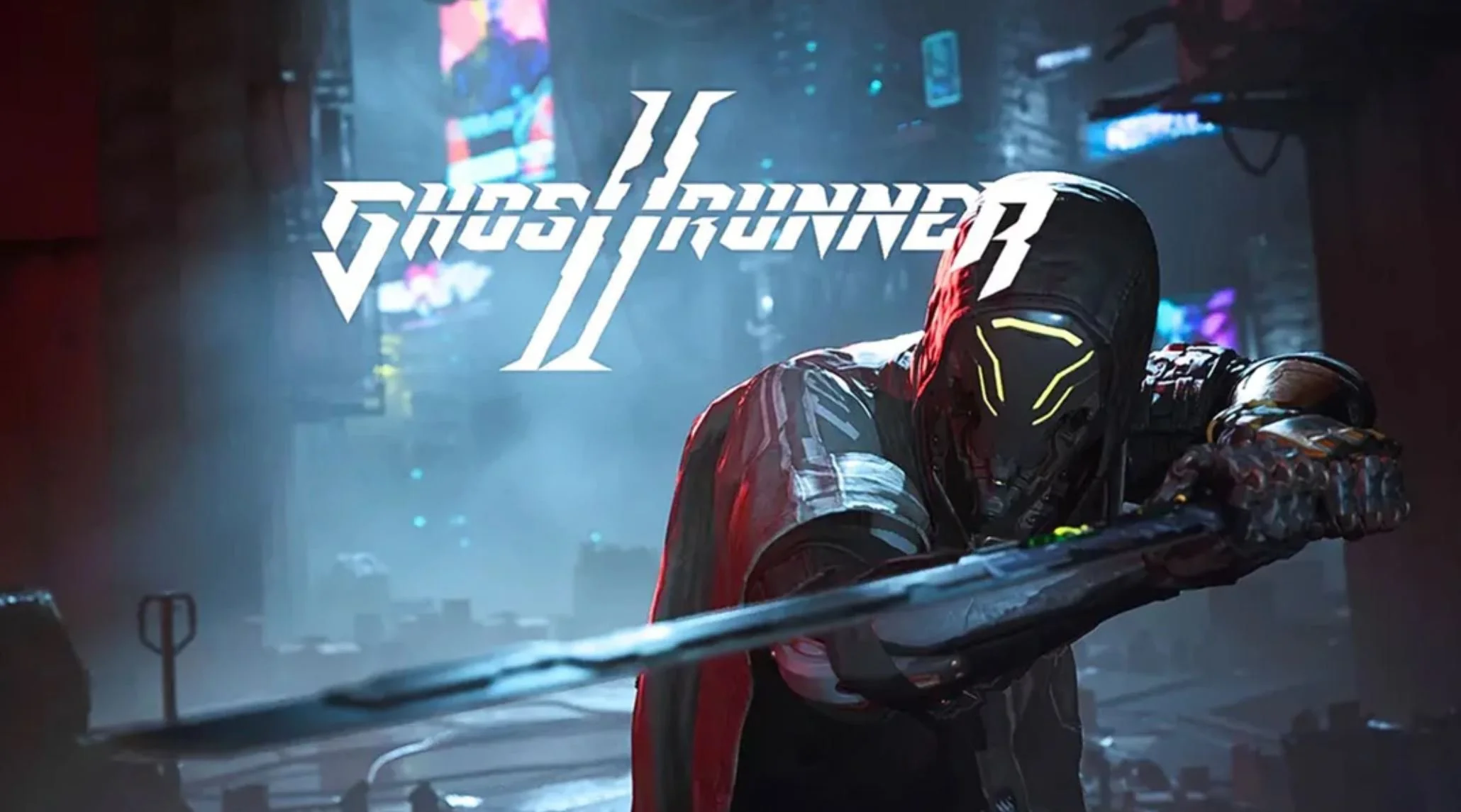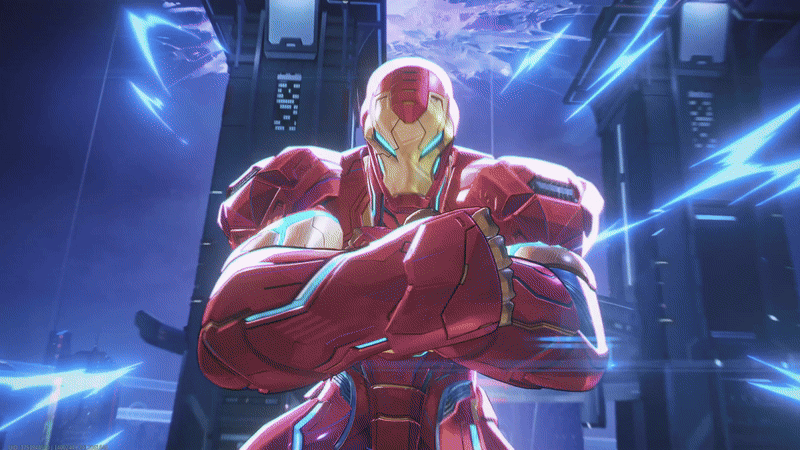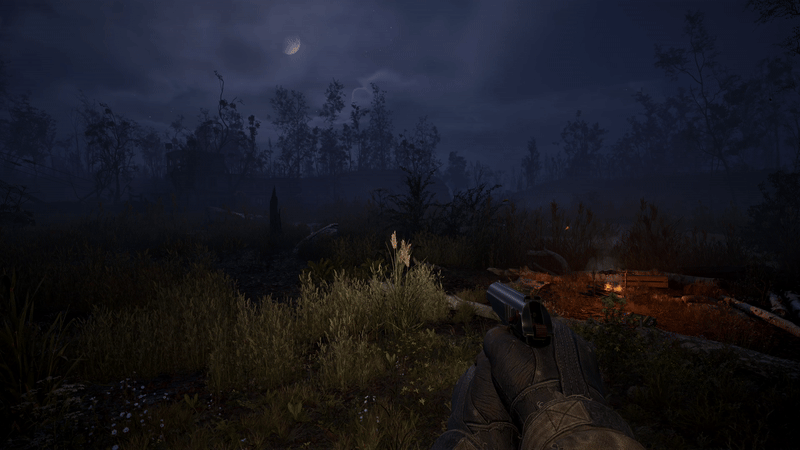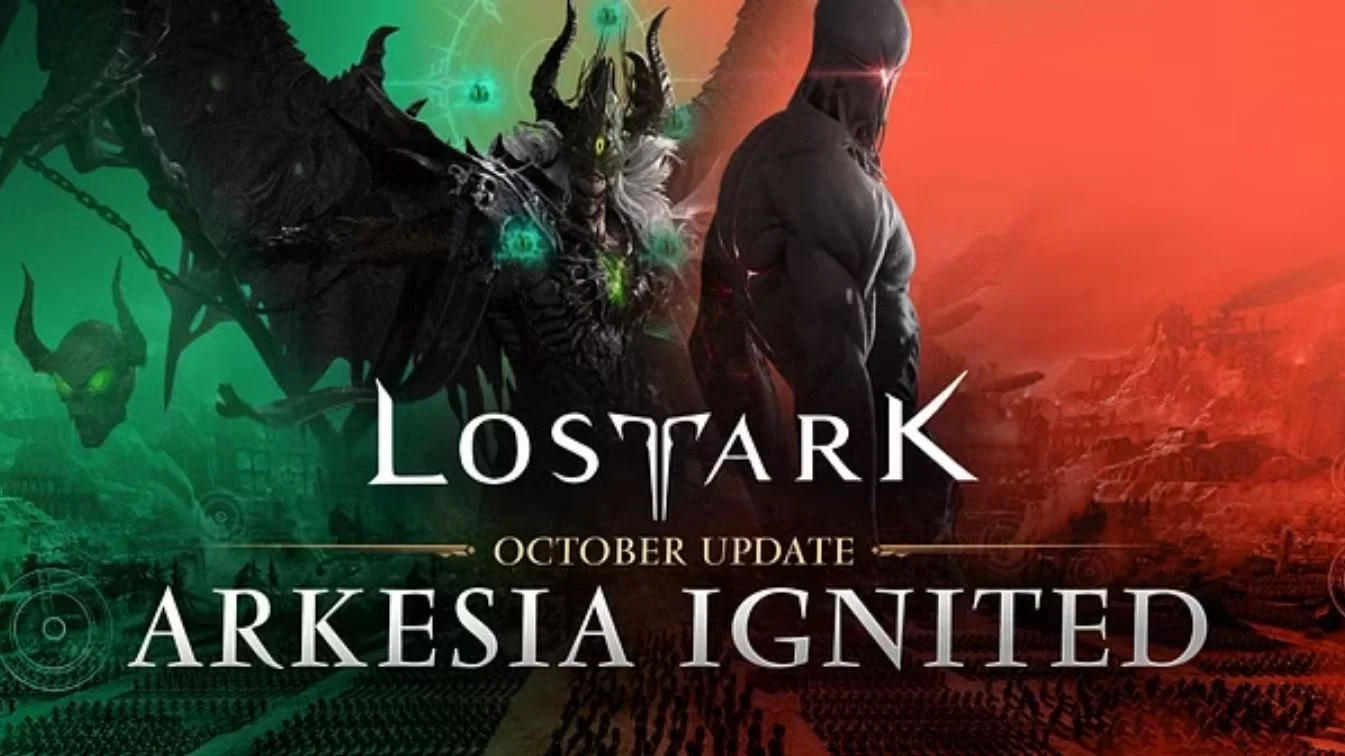PS4 review code provided by SUPERHOT team.
Four years ago, SUPERHOT released as a first-person shooter where time is fickle and guns are your friends. The world doesn’t keep spinning without you. It slows to a crawl while you look around and assess threats. Time only moves when you make a move. And with that correlation comes a remarkable sense of power and privilege to weave past bullets and wipe the floor with the sharp-angled enemies that hunt you down.
The Matrix may have introduced bullet-time in 1999, but it wasn’t until 2016 that SUPERHOT introduced time-manipulation in a bullet-hell.
The game was an instant classic. Its visual style, instantly recognizable. And its gameplay, sumptuous.
It didn’t offer much of what players expect from a first-person shooter. No health regeneration. No fine-tuned difficulty settings. It’s just a room full of weapons and the figures that wield them. Use the environment, use your fists, and use your wits to stay alive.
But, man, slow-motion had never been so fun.
Now, four years later, the possibly-a-DLC, Early-Access-experience, officially-a-sequel SUPERHOT: MIND CONTROL DELETE is out and it reminds us all why the original was so successful.
There’s a lot to like—especially if you were a fan of the first game—but it also expands on the premise in inventive ways. It’s more than a simplistic return to the white-and-red pixels of the indie smash hit. It’s an evolution.
Let’s jack back into the digitized madness and see what’s what.
STORY
MIND CONTROL DELETE is the first person shooter where time m░ves only w▒en you move. No regenerati░g he▀lth bars. No conv▒nie▄tly pla▒ed am▄o dr▄p█▒■ YOU SHOULDN’T BE HERE. YOU HAVE ALREADY WON.
From the beginning, the game accuses the player of wanting more. More guns, more killing, more of the same. The player doesn’t need to return to the world of SUPERHOT. It’s over. The game is done.
So what happens when a story is finished but the audience returns and wants more?
Well, it needs to evolve. It needs to adapt.
The meta-mindset of the game developers has infused MIND CONTROL DELETE with cheekiness and sharp reminders that maybe there is an issue with the player’s obsessive dive back into the slow-motion bulletstorm and fast-dodging chaos of red and white enemies.
That’s reinforced with certain story elements that I won’t disclose to prevent spoilers, but it’s also reflected in how the game adapts to this “unexpected” revisit.
GAMEPLAY
A shifting format is the first big change in SUPERHOT: MIND CONTROL DELETE. It transitions from a consistent FPS with levels to clear into a roguelike with frequent appearances of standard levels with variations in enemy spawn locations and other small changes. These bundles of levels are called “nodes” and they must be completed in one session.
Lose your hearts and you have to start over. That might seem unfair at first, but the game introduces hacks and “cores” that enhance player capabilities and make each node entirely possible with the right application of skill and patience.
Keep losing your life? Start with the MORE core that will grant you three hearts instead of two. And maybe prioritize hacks that grant additional hearts or the rejuvenation of lost hearts.
Do you desire more flexibility in movement in tactics? Consider the CHARGE core that will allow you to teleport toward enemies with a brutal attack, dodging bullets—and other enemies—on the way.
Hacks also transform the gameplay. Start with a random gun or a katana. Make throwables explode into deadly shrapnel upon impact. Move faster.
There is so much that you can do. And it all acts as a balance to the more challenging gameplay.
MIND CONTROL DELETE doubles down on the idea of more. If the players want more, then they’ll get it. The roguelike element of the shooter really adapts the content of the original into a new package.
And as you unlock more locations with the nodes, you’ll discover small fragments of the story, other hacks, other cores, and a sense of progression that makes the repetition feel rewarding.
It’s more refined than the original. And it’s bigger. The SUPERHOT universe is better for it.
The enemies have adapted, too. As the game progresses—and the player’s arsenal of hacks and cores grows—the world of SUPERHOT responds, menacingly. Enemies that only have certain weak points, enemies that burst into lethal pieces upon death, and other more “resistant” types of baddies.
Even the joyful spirit of experimentation and dismantle-tation that players indulge in the early game is challenged and thwarted later on.
There are more ways to play that excite, test, and empower the player. That makes it a sequel deserving of the SUPERHOT name.
VISUALS
It’s SUPERHOT. That’s really all there is to say.
A stark contrast between the white-washed environments, the vibrant red enemies that surge toward the player, and the bluish-gray objects and weapons with which the player must interact to defeat the enemies.
It wouldn’t be the same if there wasn’t also the super-imposed “SUPER” and “HOT” after every successful run through the nodes. Defeat a level? “SUPER” and “HOT” will celebrate with you in pulsing blips.
In the few years since the original’s release, it’s already iconic.
The progression through the nodes appears as a white coded unwinding in a black, digital landscape.
It’s all familiar and it’s refreshing to leap back into the memorable world.
REPLAYABILITY
With the introduction of the hacks and the cores, there exists a compelling reason to return to MIND CONTROL DELETE. Players can discover new attacking styles and effective combinations in one playthrough or in many.
I’ve personally used the MORE core frequently as a way to more easily progress through the game. And there are certain hacks I’ve gravitated to over others. It would be nice to jump back in and try out new tactics.
I believe that the sequel will prove to be a more enduring game than the first. It’s got more gameplay mechanics and more possibilities for players to exploit. This will work in its favor over time.
WHAT IT COULD HAVE DONE BETTER
The ending has proven polarizing. Some appreciate its connection to the game’s themes. Others condemn the developers’ seemingly arbitrary and frustrating decisions.
I haven’t decided where I land in that discussion, but I’m certainly not as irate as others. It amused me more than anything. I don’t want to discuss it here in an effort to avoid spoilers.
But that’s really not something that affected my experience with the game.
The biggest criticism of MIND CONTROL DELETE would be one that was leveraged at SUPERHOT four years ago. Players that found its style repetitive and stale will probably still feel the same about the sequel. Where others see limitless gameplay in the roguelike addition of nodes and hacks, others will perceive a dreary trudge through countless levels that all look and feel the same over time.
If you liked the first game, then you will probably love this one. If you weren’t won over by the first-person shooter originally, then this probably won’t convince you to reconsider.
VERDICT
SUPERHOT: MIND CONTROL DELETE is a dizzyingly and delightfully crafted return to the innovative shooter that blew people’s minds in 2016.
It’s more (whatever adjective you want that compliments an evolution of something great). At its heart—or core—it’s just more. And the SUPERHOT team should be proud of all that entails in a sequel that serves up the goods.



